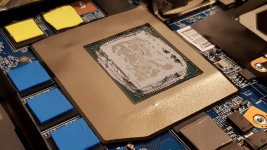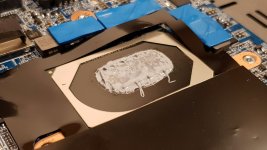SpyderTracks
We love you Ukraine
Ryzen are a completely different league, they use substantially less power in the first place, peak about 10 degrees lower than intel.Thanks.
+ It looks like the ryzen's appear to be in the same boat with respect to thermal throttling??? (My last post)


